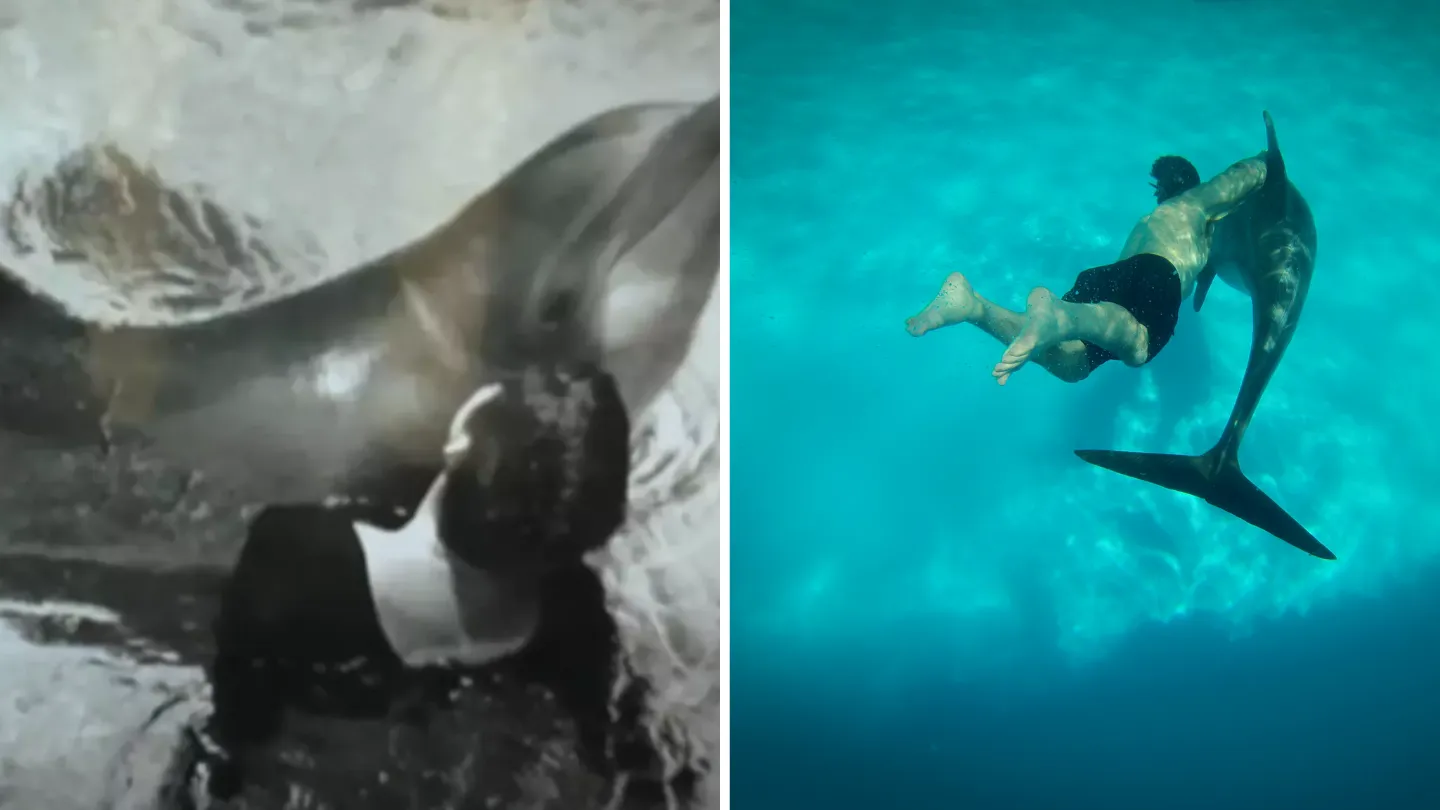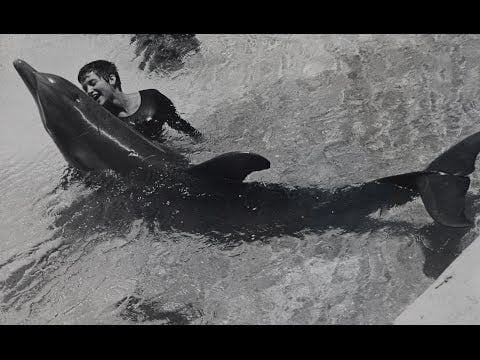The 1960s brought forth an ambitious NASA science experiment to break communication barriers between species as neuroscientist John Lilly directed its development.
The experiment tested human dolphin interaction by enclosing a house within a bath of water.
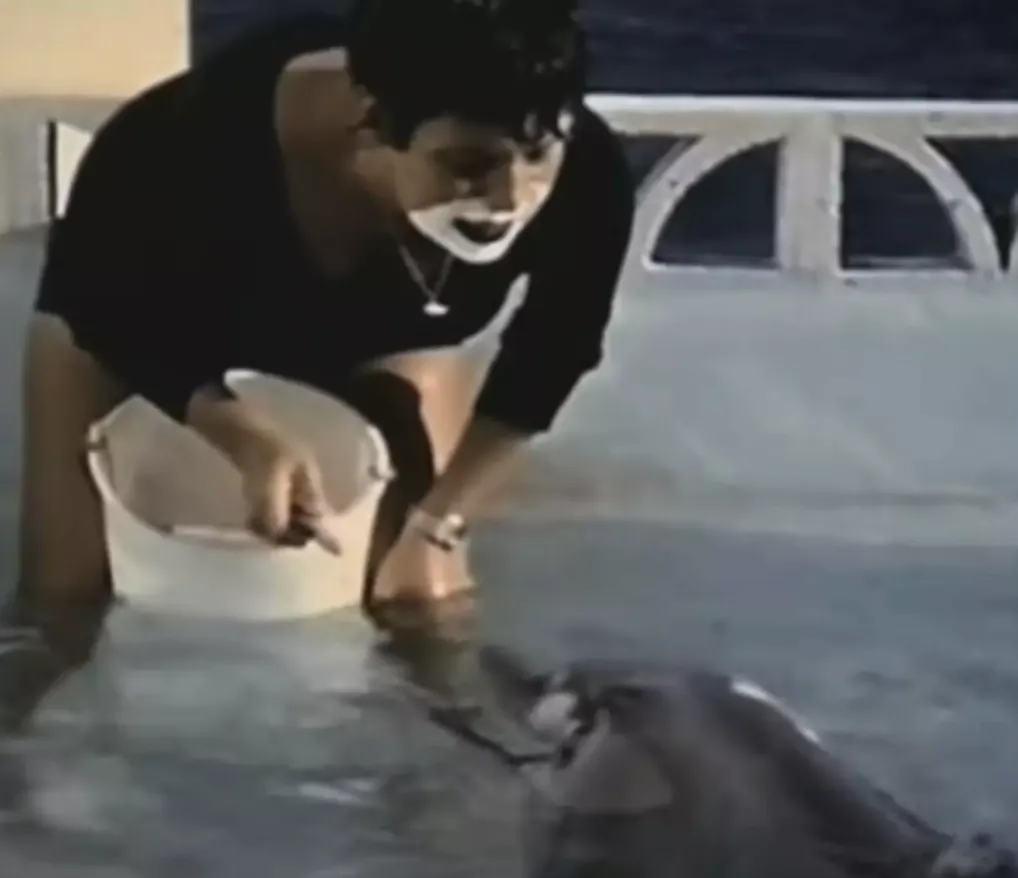
Researcher Margaret Howe Lovatt spent her time at the aquatic facility training dolphins with Peter being the young male subject she concentrated on.
The objective was ambitious to teach Peter to articulate English words such as “Hello Margaret,” a task that presented unique challenges.
Throughout each day Lovatt methodically recorded all the advancements Peter made.
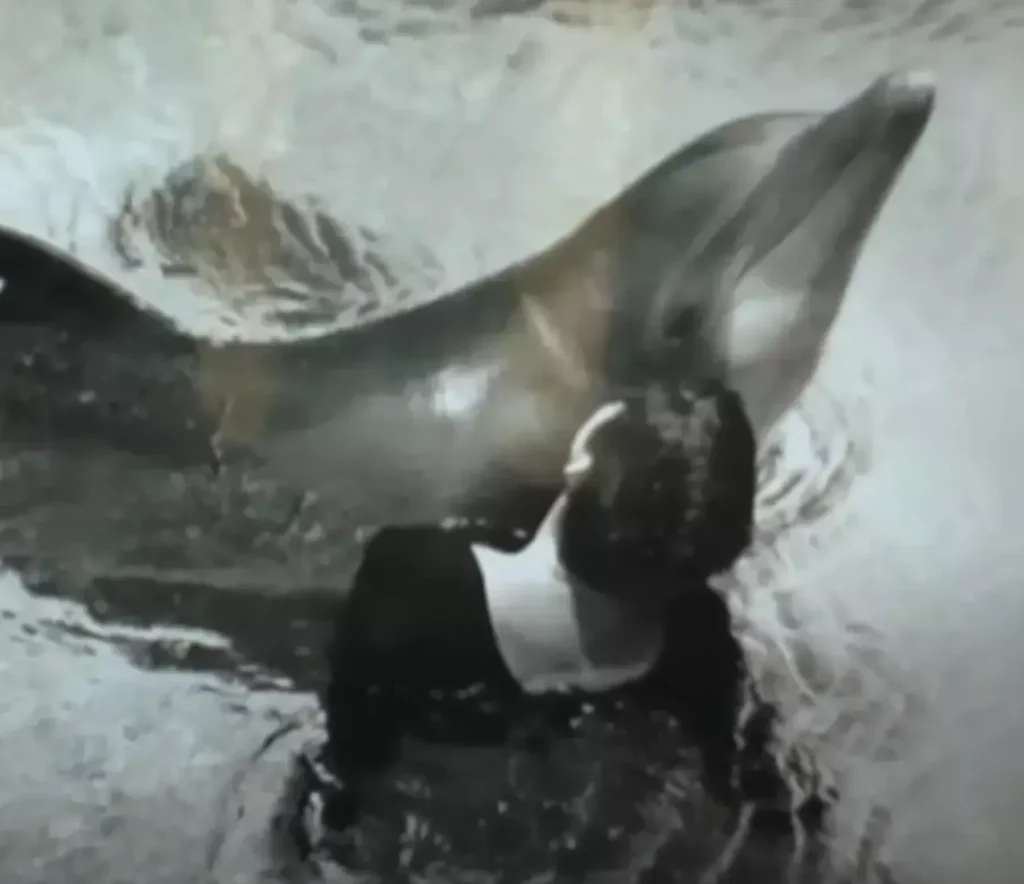
She used different approaches while tediously pushing the dolphin toward making human like vocalizations. However, the complexity of human phonetics proved to be a significant hurdle, especially with sounds like the “m” in her own name.
The experiment produced unexpected behavioral changes which appeared between Lovatt and Peter.
At s3xual maturity the dolphin started showing physical signs which revealed his romantic interest in his human trainer.
The new stage of development brought logistic obstacles and serious moral problems for the research team.
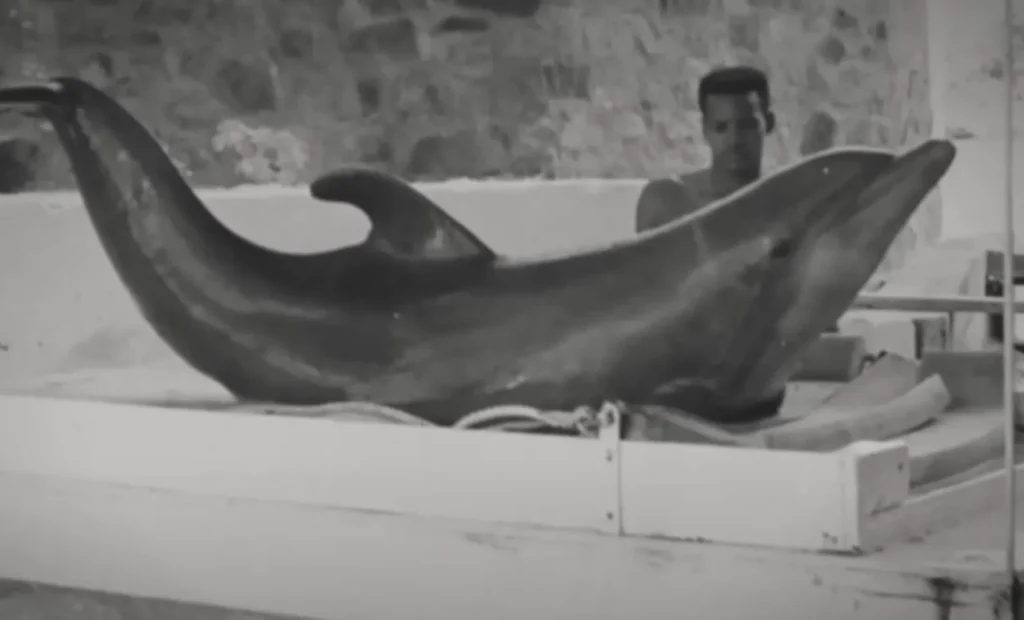
Before continuing with their research Lovatt found it necessary to take a risky action in order to stop Peter from interrupting their agenda.
According to Lovatt the dolphin relief was both pragmatic and non-s3xual since her main goal was to keep Peter focused on his lessons through manual stimulation.
At first the trainers saw this aspect of their relationship as a small practical remedy which later became a big point of contention.
The public misinterpreted the experiment because of a sensational article published in Hustler magazine which focused primarily on s3xual elements instead of scientific purposes.

Public discussions centered around ethics when Lovatt used methods with her experimental approach.
The scientific community debated whether Lovatt’s intervention methods crossed ethical boundaries in laboratory animal interactions since they were essential for her research under unusual conditions.
The experimental goals according to Lovatt required her partnership with Peter for research success while she declared that their relationship remained strictly scientific in nature despite ongoing controversy.
An eerie change occurred after Peter’s research project ended and his relocation to Miami when scientists observed the dolphin voluntarily ending its breath which some scientists interpret as suicide behavior.
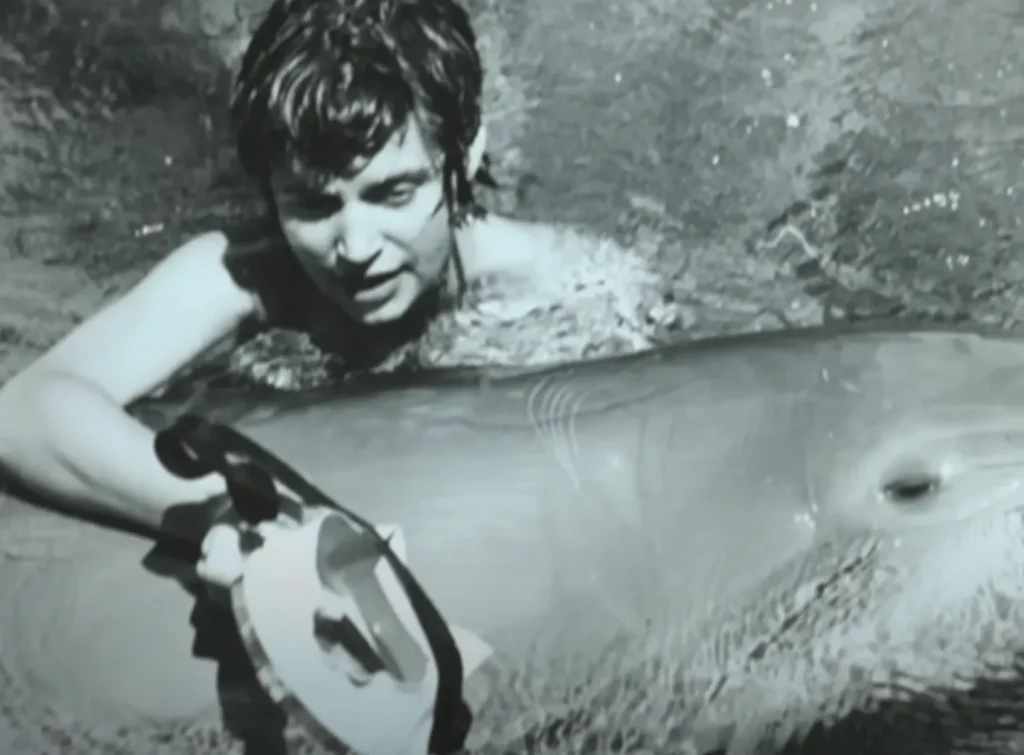
This fatal outcome demonstrates the emotional depth of dolphins and bears strong implications regarding scientific ethics when using animals for research.
The story of Peter serves as a crucial warning about scientists’ moral obligations when exploring the behavior of intelligent beings that form emotional bonds and connection.
Feature Image Credit: (Youtube/ BBC)

